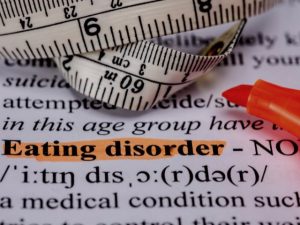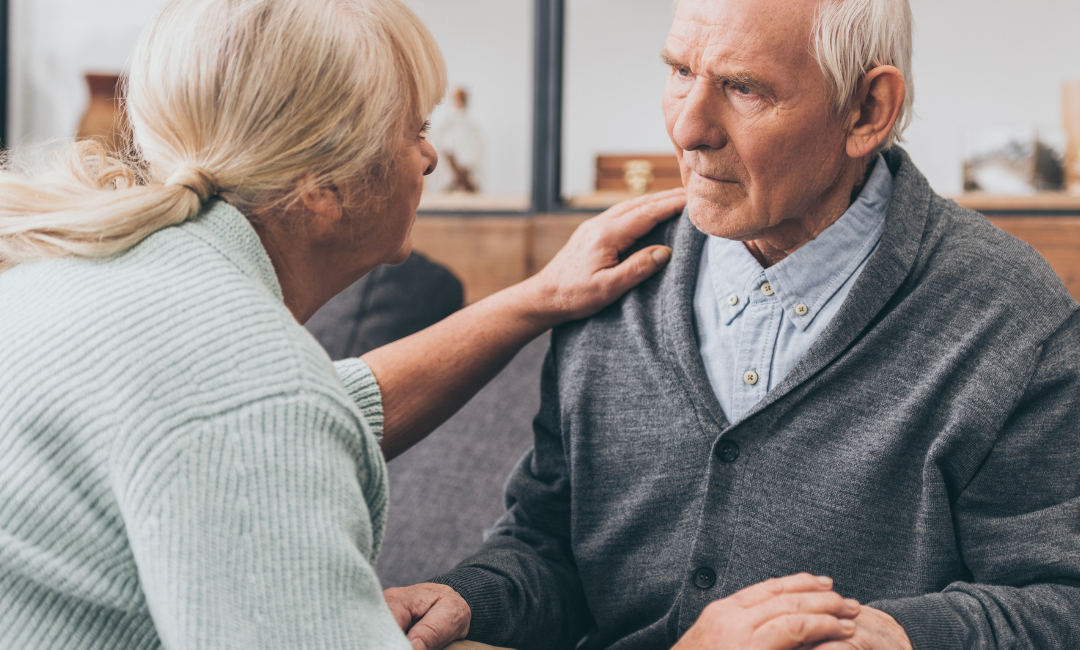Populations Affected by Eating Disorders
We think of the typical person with an eating disorder to be a young, extremely thin, female who doesn’t eat. However, less than 6% of people with eating disorders are medically diagnosed as “underweight.
Men
About 10% of those seeking treatment for eating disorders are men compared with about 90% of women. We do not actually know how many men have eating disorders because it is stigmatized as a “female” disease.
Transgender or Nonbinary
Another population that is missed when it comes to eating disorders are those who identify as transgender or nonbinary. This often is the result of trauma related to feeling as though they are in the wrong body and wanting to align with another gender.
Imagine yourself, a young female that identifies as a boy. Would you want to go through the experience of puberty and getting breasts? I know I wouldn’t. So, they often restrict, or binge and purge, fast, over exercise, etc in order to be more in alignment with their preferred gender.
Type-1 Diabetics
Yet another population you probably don’t know as potential eating disorder patients, are those with type 1 diabetics. You will see these same patients over and over again, and yet an eating disorder diagnosis will elude them. These patients are said to have Diabulimia, they may binge and purge, limit food intake, or both.
People with diabulimia, choose not to give themselves insulin, because they have learned if they do not, they will lose weight. However, they often suffer from chronic health problems because of this and risk their lives. It’s not a diagnosis in the DSM V, but it is recognized and treated in eating disorder treatment centers.









